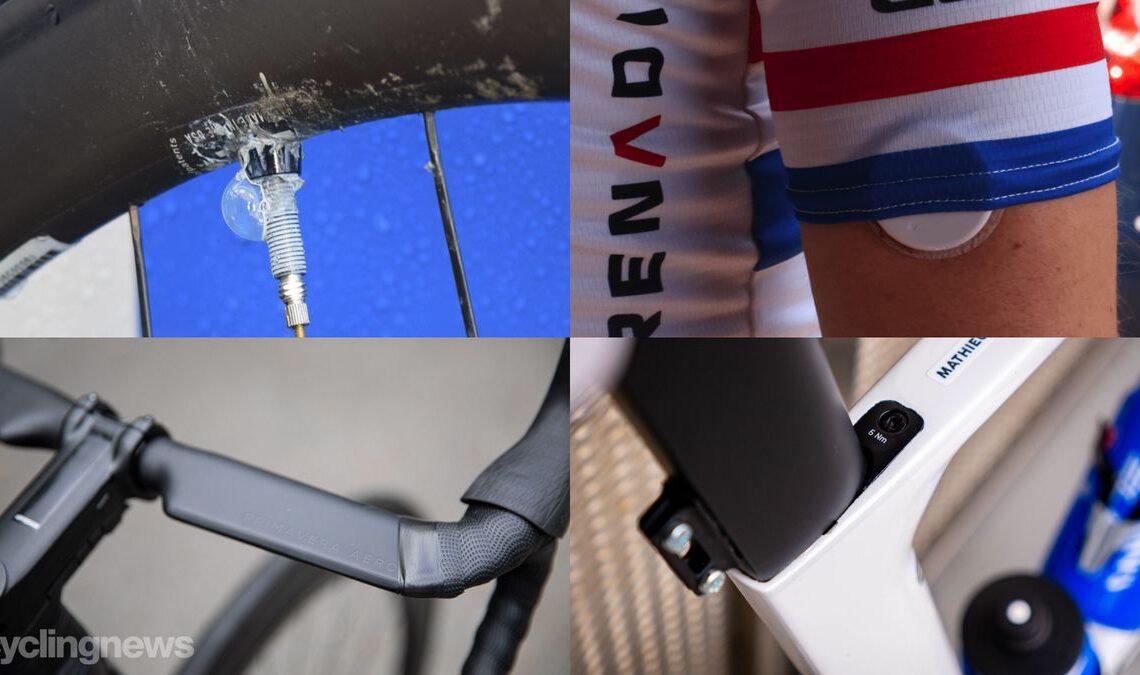The cycle industry loves to invent new stuff and sell it to us – after all, that’s why it exists. But do we need all this new tech and does it really help make us better cyclists?
Almost all new tech comes with a big downside. Usually, it’s a lot more complex to work on than the old stuff and it’s always more expensive, which drives up the cost of buying and maintaining your bike.
So here’s the Luddite’s guide to the cycling tech trends that may be more trouble than they’re worth.
New bottom bracket standards
“The nice thing about standards is that you have so many to choose from; furthermore, if you do not like any of them, you can just wait for next year’s model.” So said Andrew Tanenbaum. He was talking about computers, but the same applies to bikes in spades.
Top of the list of unwanted trends has to be the urge to invent a new bottom bracket standard every time a new bike is launched.
Once upon a time, all bikes had BSA threaded bottom brackets, or Italian threaded if you were Italian. Pinarello is Italian and so still uses the Italian standard, as it says it’s part of its heritage, but it’s been abandoned by most bike brands.
In its place came BB30, but this was fiddly to insert, so PressFit 30 took its place. And BB86. And BB386 EVO. And BBright. And on and on.
Each had its supposed benefits and real drawbacks, so along came T47, which is both pressed and threaded and designed to unify the standards and broaden compatibility.
It’s not just me who wishes that the tech trend to invent new bottom bracket standards didn’t exist. So does Cannondale, which has reverted to a BSA bottom bracket on its latest generation SuperSix Evo, despite being the one who started the whole thing by inventing PressFit.
Integration
Front end integration, with all the control cables and hoses squirrelled away inside the handlebars and stem, looks super-cool on those pro aero bikes. Bike brands reckon we all need it, and it’s creeping down the bicycle food chain.
It might save you a few watts as well; Pinarello reckons that its internal cables and hoses saved five watts between the Dogma F10 and Dogma F12, but that’s at some pro-level speed that the rest of us – even those riding the latest Dogma F – are unlikely to match for long.
But integration makes maintaining…
Click Here to Read the Full Original Article at CyclingNews RSS Feed…

